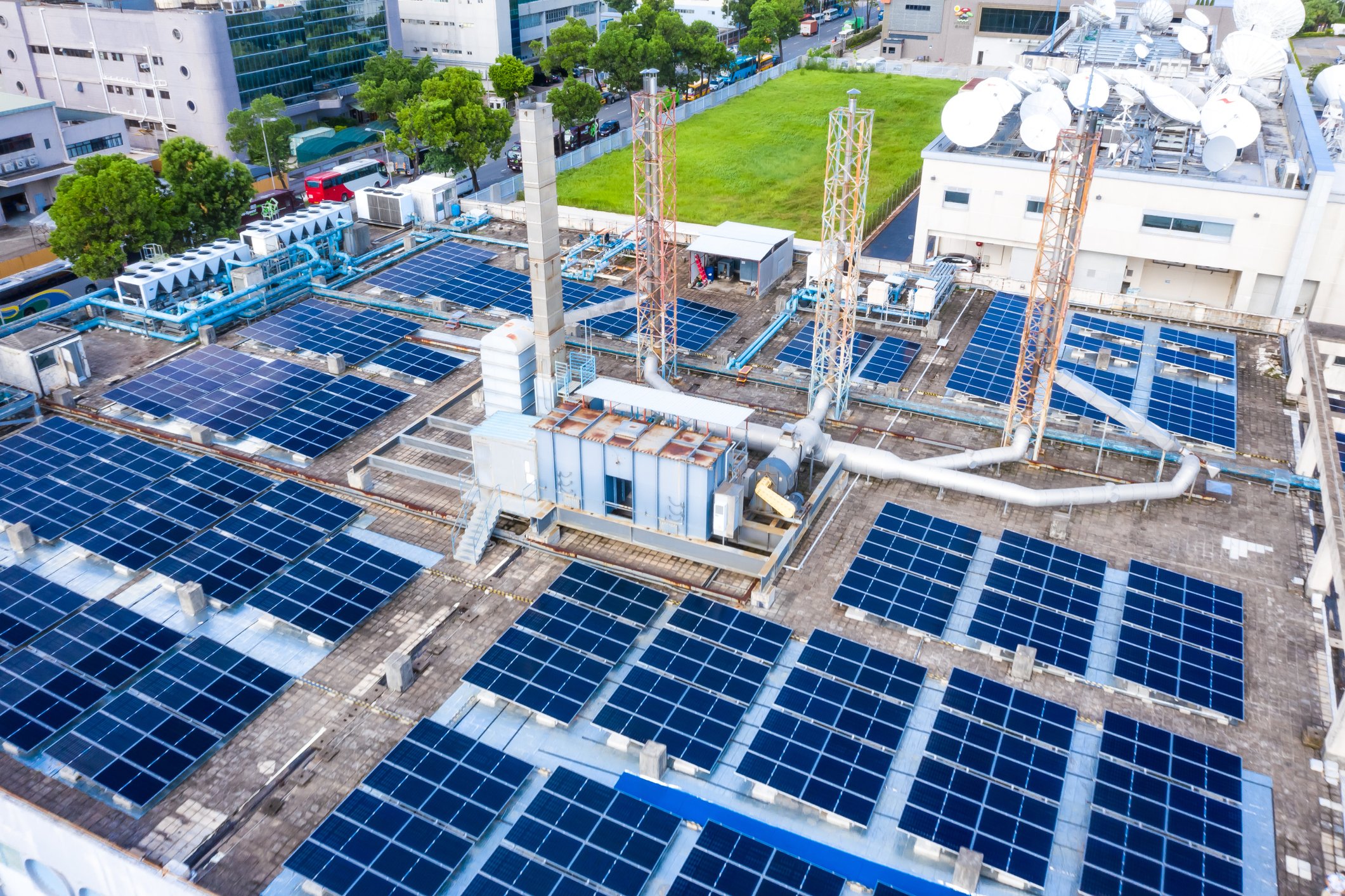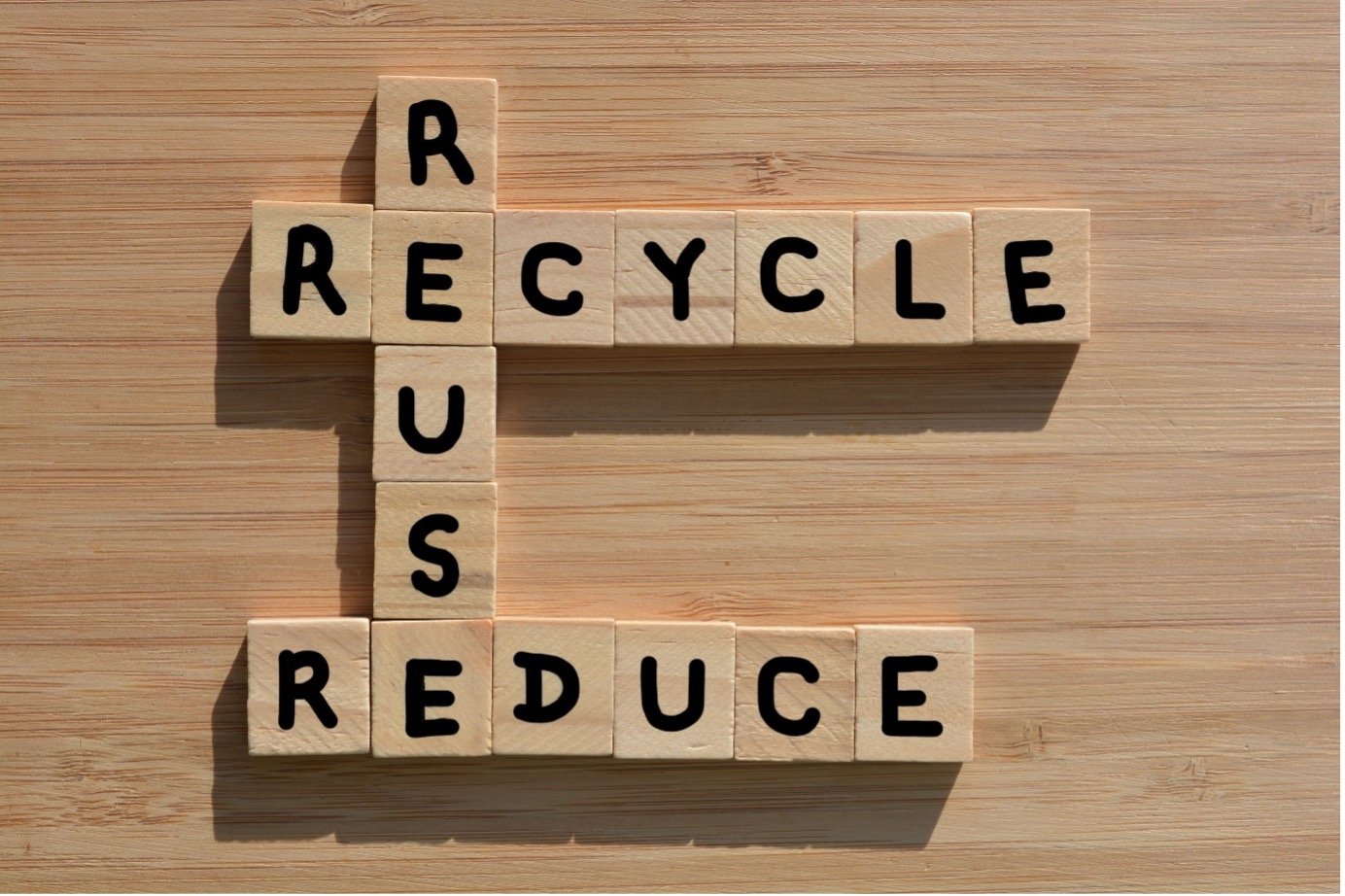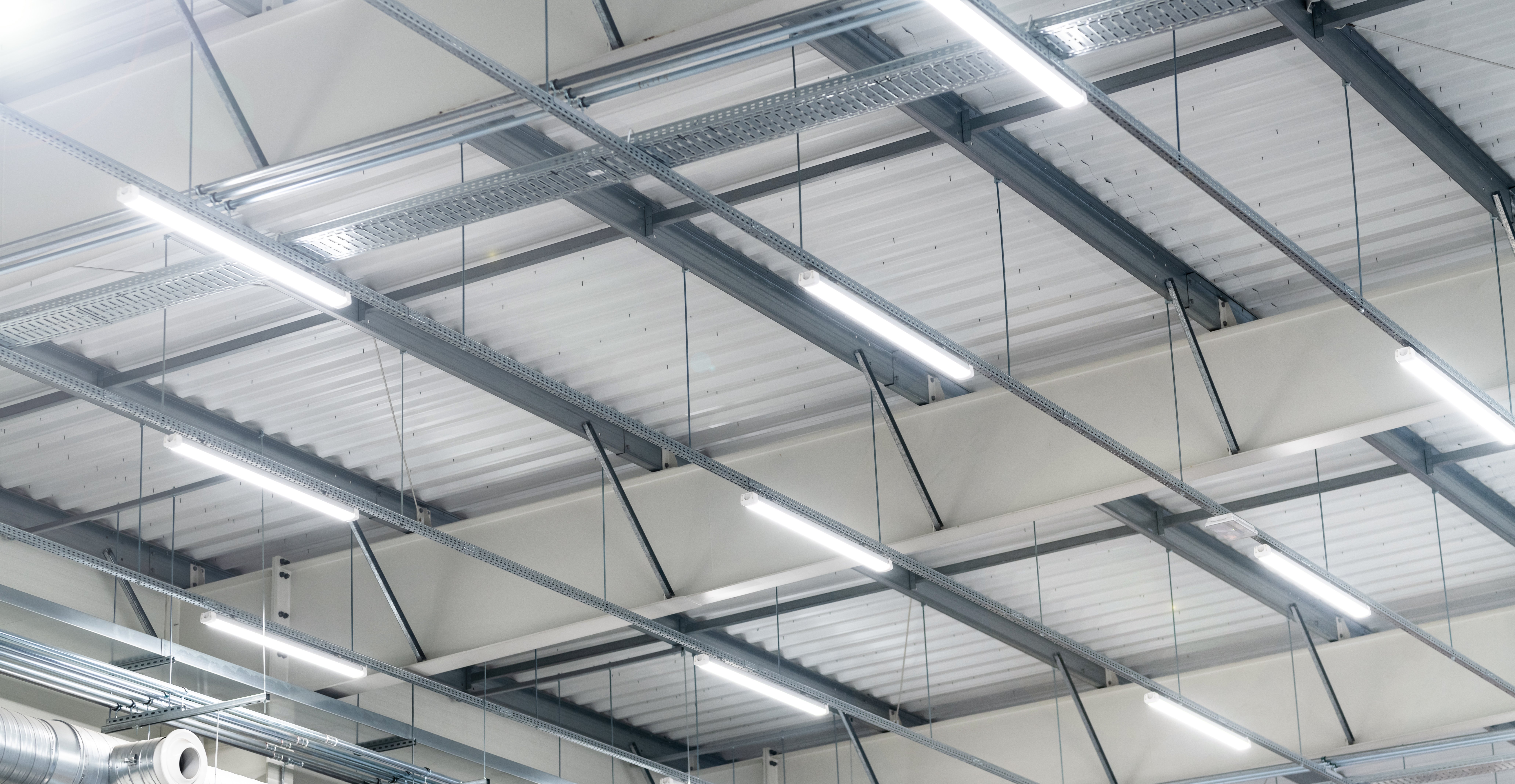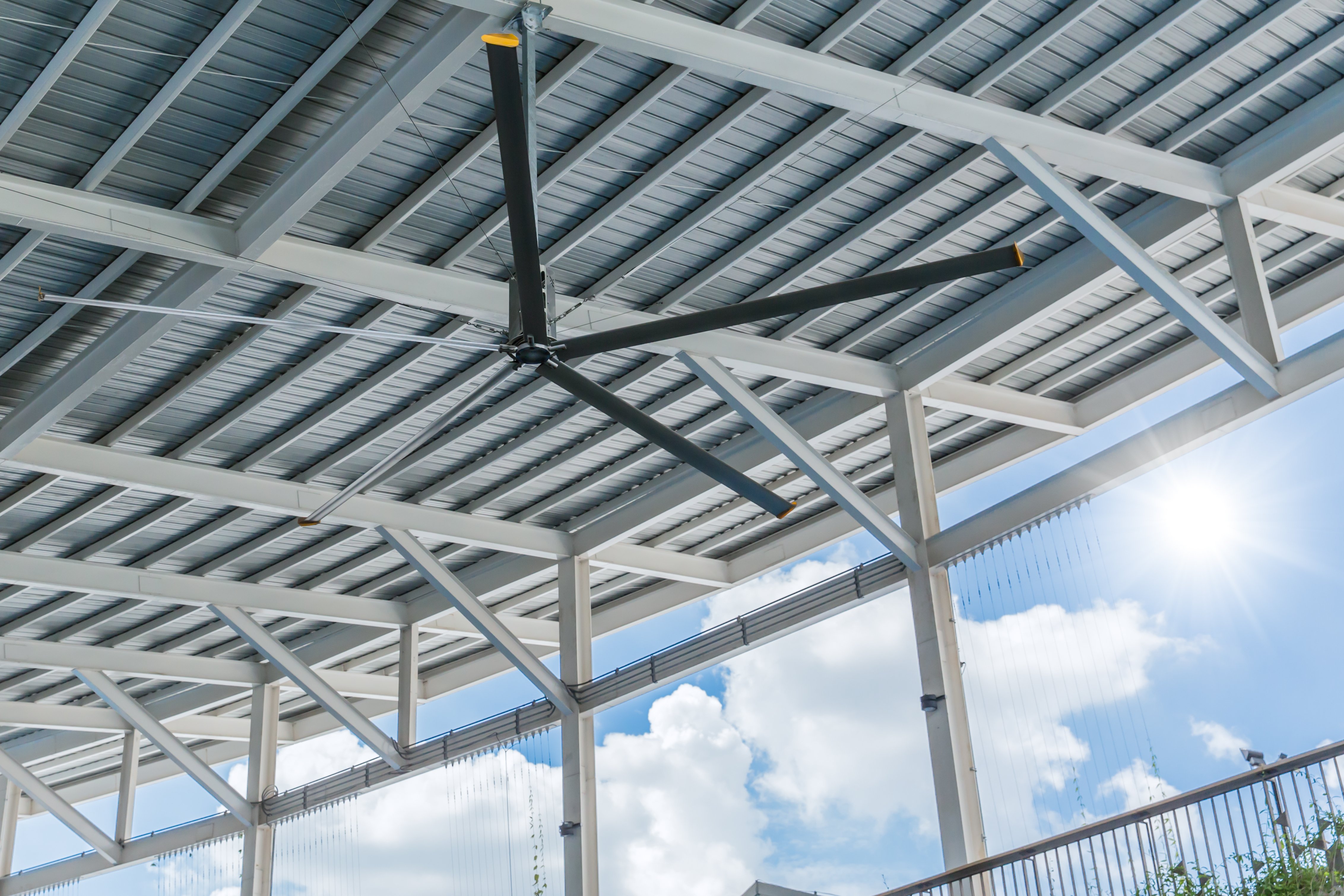
Due to the worldwide rise in demand for goods, the number of warehouse buildings is increasing. But did you know that constructing and operating buildings consume 36% of global energy? And it is also responsible for 39% of energy-related carbon dioxide emissions every year? Being in the warehouse business, you can resolve to construct energy-efficient and financially lucrative sustainable warehouse buildings. This can be your contribution in saving the environment and operation cost of your business as well. They are also known as "green warehouses."
They are a perfect amalgamation of organizational and technological solutions.
Sustainable Warehouse Practices
Lean warehousing, green building, and automated warehousing are the practices implied in green warehousing to reduce their environmental impact.
You can build a green warehouse in the following ways:

This golden rule of sustainability decreases industrial waste ending up in landfills as an environmental hazard. You can ‘reduce’ your cardboard boxes volume by using a cardboard baler. It compacts numerous boxes into one cube-like structure, which is easy to transport. Working with ‘reusable’ and ‘recyclable’ material like plastic and metals also decrease your carbon footprint.
Proper waste disposal and management are vital for green warehousing. You should be alert to use recyclable packaging, which doesn't increase carbon emissions. And if the packaging is non-recyclable, be careful it shouldn't get disposed of in water bodies. Water pollution is harmful to both humans and wildlife. Compositing, upcycling, and gasification are the ideal ways for such waste management at a warehouse.
With the invention of energy-efficient LED lights, the high-power consuming fluorescent and HID lamps are no more needed. LEDs fulfill all types of lighting requirements of a warehouse. Their market price is more than the traditional bulbs. But they last longer and consume less power. These are sustainable lightings, and they save your electricity bill money.

Using an electric forklift is another excellent idea to go green. It runs solely on electric-powered batteries of 24 or 80 volts. And no diesel or gas is used as fuel. Electricity translates to zero-emission. Swiping the old propane-fueled forklifts with electric forklifts can be a significant step towards making your warehouse a sustainable warehouse.
High volume, low-speed fans (HVLS) are ideal for green warehouses. They create a thermal equilibrium in the building. With their large size, they circulate the air from the ceiling to the whole area. That's how the warm air doesn't get trapped in the roof. It is proven that HVLS fans aid 30% energy saving by bringing down the temperature by 4 degrees.

Explore additional sustainable HVAC ideas!
For few decades, solar energy has gained a lot of popularity. It is the most reliable and natural energy source. You can save colossal energy expenses by installing solar panels at your warehouse. They are also known as PV panels. The initial cost of installing a solar panel is an investment for green warehousing and saving electricity bill charges.
There is a lot you can do with your warehouse roof apart from installing solar panels on it. By painting your roof white, you can make it a cool roof. And you can also turn it into a green roof by doing plantation. A green and cool roof decreases the heat flux in the building. As a result, you need less energy to cool or heat the warehouse building. The plantation also cuts the harmful gases and dust.
The Role of the Practices Mentioned Above in Getting a LEED Certificate
By implementing all the green measures mentioned above, you can acquire a LEED certificate for your green warehouse. LEED (Leadership in Energy and Environmental Design) is a renowned international certification for green buildings. You need a minimum of 60% of the gross floor area to be complete by the time of accreditation. This 60% does not include LEED BD+C: Core and Shell. This certification is based on a point system. Higher points mean a higher level of certification. Check out the below table for more information.
|
Location and Transportation
|
16 Points
|
|
Sustainable Sites
|
10 Points
|
|
Water Efficiency
|
11 Points
|
|
Energy and Atmosphere
|
33 Points
|
|
Materials and Resources
|
13 Points
|
|
Indoor Environment Quality
|
16 Points
|
|
Innovation in Design
|
6 Points
|
|
Regional Priority
|
4 Points
|
|
TOTAL
|
109 Points
|
|
Certified
|
40-49 Points
|
|
Silver
|
50-59 Points
|
|
Gold
|
60-79 Points
|
|
Platinum
|
80+ Points
|
Benefits of Green Warehouse
When you sustainably do business, your overall expenses get reduced. Your fuel consumption is less. You reduce your supply order and try to reuse and recycle as much as possible. You also decrease your utility bills with the help of solar energy.
Green warehouses need less land for their operations due to their efficient management. High-density automated storage enables the storage of more products in a smaller building.
As the attention to energy saving is given in a sustainable warehouse, you spend considerably less amount on energy. All the good practices of a green warehouse, such as using solar panels, energy-efficient lighting, cooling the roof, etc., save many electricity bills.
By applying the "reduce, reuse, and recycle" method, you get to do innovative waste management at your warehouse. Using cardboard balers is also an intelligent move to reduce the volume of cardboard boxes waste.
Sustainability is highly rated by the government, investors, consumers, and market leaders nowadays. Thus you can make your green warehouse your strong brand ambassador. This will immensely help in your marketing and PR campaigns.
Key Takeaway!
Green warehousing strategically puts sustainable supply chain practices in place. A company can reduce its carbon footprint by saving natural resources. It also introduces a green economy to the world as a cost-effective method of operations. So if you haven't considered it yet, it's the time!
This is a guest post written by Erich Lawson, Online Marketing Manager for Compactor Management Company.
Explore additional sustainable construction examples in our Sustainable Construction series!